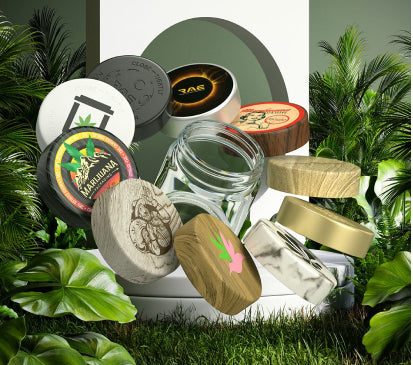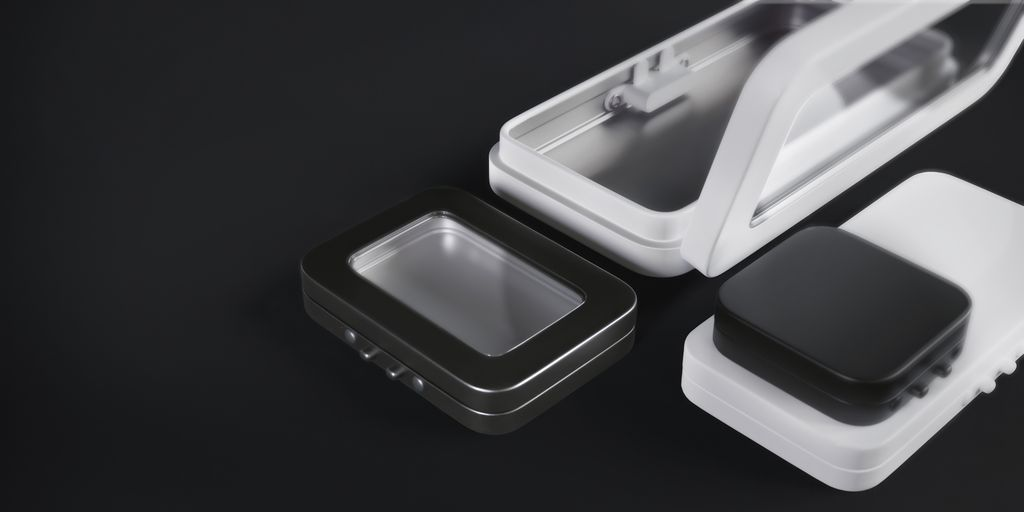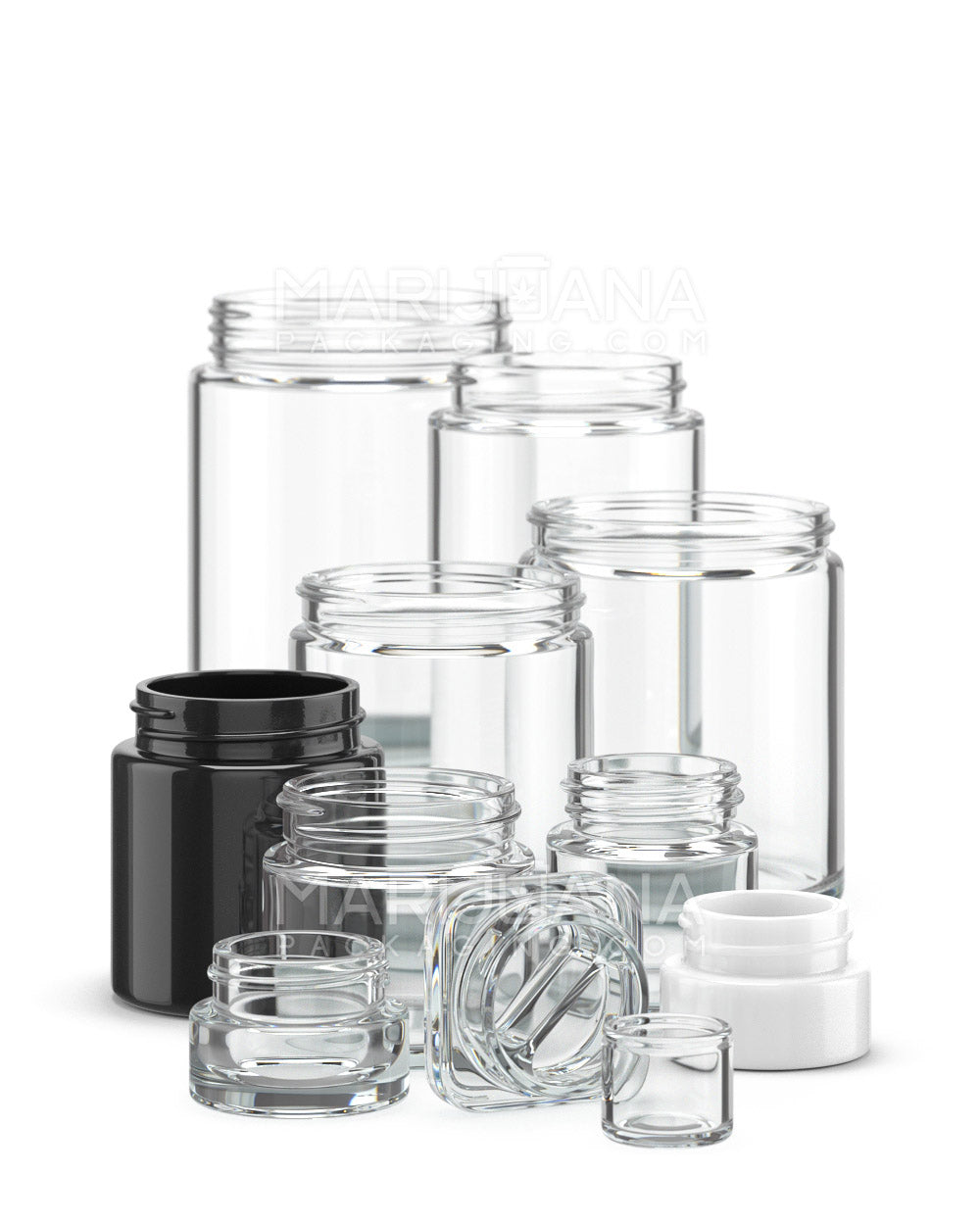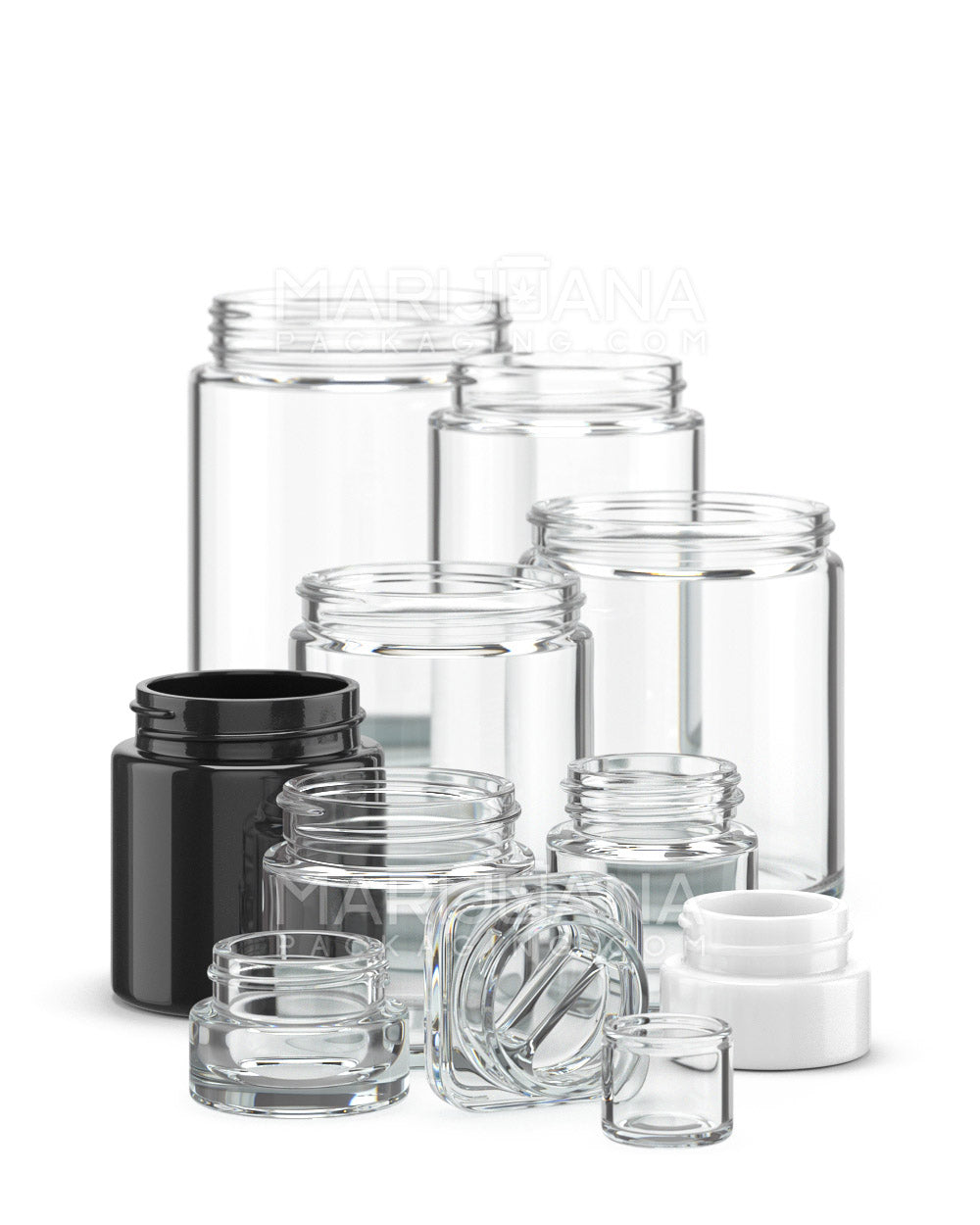Growing marijuana can be a rewarding journey, but it requires a keen eye—especially when it comes to distinguishing between male and female plants. For many growers, identifying the gender of their plants early on is a crucial step in ensuring a successful harvest. But how soon can you tell? And why does it even matter?
In this article, we’ll explore the timeline and techniques for identifying male and female marijuana plants. From the first signs of gender to the implications for your crop, you’ll gain insights into this vital aspect of cannabis cultivation.
Why Gender Identification Matters
Understanding why you need to identify male and female marijuana plants is the first step. It’s not just about curiosity—it’s about the quality and quantity of your yield. Female plants produce the buds that are rich in cannabinoids, which are the compounds responsible for the plant's effects. Male plants, on the other hand, are mainly used for breeding purposes.
If male plants are left unchecked, they can pollinate the females, leading to seed production rather than bud formation. This results in lower-quality buds, as the energy that would go into producing potent, seedless buds (known as "sinsemilla") is instead diverted into seed production. Therefore, identifying and removing male plants early can help ensure a more potent and prolific harvest.
The Early Signs of Gender
The ability to identify male and female plants early can significantly affect your growing strategy. Generally, cannabis plants start to show their gender around the pre-flowering stage, which usually occurs between three to six weeks after germination. However, environmental factors like light cycles and stress can influence this timeline.
Here’s what you should look for:
- Male Plants: They typically develop small, round, pollen sacs at the nodes (where the leaves and branches come off the stem). These sacs look like tiny balls and are the first sign of a male plant.
- Female Plants: Females develop pistils, which are tiny, hair-like structures that eventually grow into flowers. These pistils are usually white and emerge at the nodes.
Keep in mind that while these signs are reliable, they require a practiced eye. It can be easy to mistake a young male plant for a female, especially if you’re new to growing.
Techniques for Early Identification
For those eager to determine the gender of their plants as early as possible, there are a few techniques and tricks you can use to get a head start.
Pre-Flowering Examination
As mentioned, the pre-flowering stage is when plants start to reveal their gender. Regularly examining your plants during this phase is key. Set aside time each day to check the nodes for signs of pistils or pollen sacs. It’s a bit like playing detective, but with practice, you’ll become quite adept at spotting the differences.
Using Clones
If you’re growing from seed, you can take clones from your plants and force them to flower under a 12/12 light cycle. This involves taking a cutting from the plant and placing it under a light schedule that induces flowering. This method can reveal the gender of the plant the clone was taken from without affecting the growth cycle of your main plant.
Genetic Testing
For those who want to be absolutely sure, genetic testing is an option. Some companies offer testing kits that can determine the gender of your plant through a simple leaf sample. This can be a bit of an investment, but it’s the most foolproof method available.
Managing Male Plants
Once you’ve identified male plants, the next step is managing them. For most growers, this means removing them to prevent pollination. However, there are a few things to keep in mind:
- Timing: Remove male plants as soon as you identify them. Waiting too long increases the risk of pollination.
- Disposal: Be cautious when removing males. The pollen can still be released during removal, so be gentle and thorough.
- Breeding: If you’re interested in breeding, you might want to keep a few males. Isolate them from your females to collect pollen for controlled breeding.
Managing male plants effectively ensures that your females remain seedless and produce high-quality buds.
Common Mistakes and How to Avoid Them
Even experienced growers can make mistakes when it comes to identifying and managing male and female plants. Here are some common pitfalls and tips on how to avoid them:
Misidentifying Plants
It’s easy to mistake early male pollen sacs for female pistils. To avoid this, regularly compare your plants to reliable images online or, even better, consult with a more experienced grower.
Delaying Removal
Some growers wait too long to remove male plants, which can lead to unwanted pollination. As soon as you’re sure of a plant’s gender, take action. The sooner, the better.
Ignoring Environmental Factors
Stress can cause plants to become hermaphrodites, developing both male and female characteristics. Ensure your plants have a stable environment to reduce stress-induced gender changes.
The Role of Hermaphrodite Plants
Speaking of hermaphrodites, these are plants that develop both male and female sex organs. They can occur due to genetic factors or environmental stress. While not ideal, hermaphrodites can still be managed effectively.
Here’s what to do if you encounter one:
- Identification: Look for plants that have both pollen sacs and pistils. It’s a clear sign of a hermaphrodite.
- Management: You can remove the male parts manually, but it’s often safer to remove the entire plant to prevent accidental pollination.
Understanding how to handle hermaphrodites can save your crop from unexpected pollination.
Practical Tips for Managing Your Crop
Managing your marijuana crop effectively requires more than just identifying gender. Here are some practical tips to keep your plants healthy and productive:
- Regular Monitoring: Check your plants daily, especially during the pre-flowering stage. This allows you to catch any changes early.
- Keep Records: Document your observations. Keeping track of what you see can help you spot trends and make better decisions.
- Stay Informed: Marijuana cultivation is always evolving. Stay updated on new techniques and technologies that can help you grow more effectively.
These tips can help you maintain a healthy, productive crop while minimizing the risk of unwanted pollination.
Legal Considerations
While growing marijuana can be a rewarding hobby or business, it’s important to consider the legal implications. Marijuana laws vary significantly across the United States, so ensure you’re compliant with both federal and state laws.
Here’s a quick checklist:
- State Laws: Check your state’s laws regarding home cultivation. Some states allow it, while others don’t.
- Plant Limits: Many states have limits on the number of plants you can grow. Make sure you’re within these limits.
- Licensing: If you’re growing for commercial purposes, you’ll likely need a license. Check your state’s requirements for commercial cultivation.
Staying informed about legal requirements ensures that your growing endeavors remain above board.
Final Thoughts
Identifying the gender of your marijuana plants early is a vital skill for any grower. By understanding the signs and techniques for early identification, you can manage your crop more effectively and ensure a bountiful harvest.
When it comes to packaging your harvest, Gamut offers a wide range of solutions to meet your needs. From jars and bags to custom designs, Gamut runs the gamut of packaging options to help your product stand out in the market. With their expertise, you can ensure your cannabis is stored safely and attractively.



















